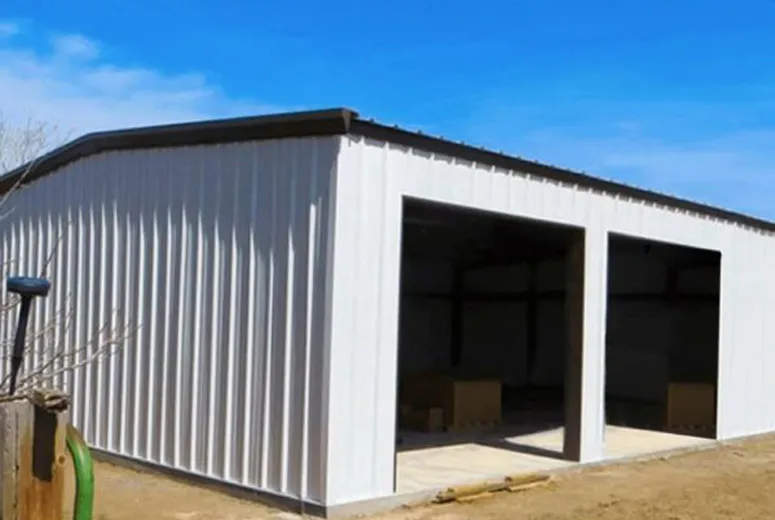- Afrikaans
- Albanian
- Amharic
- Arabic
- Armenian
- Azerbaijani
- Basque
- Belarusian
- Bengali
- Bosnian
- Bulgarian
- Catalan
- Cebuano
- Corsican
- Croatian
- Czech
- Danish
- Dutch
- English
- Esperanto
- Estonian
- Finnish
- French
- Frisian
- Galician
- Georgian
- German
- Greek
- Gujarati
- Haitian Creole
- hausa
- hawaiian
- Hebrew
- Hindi
- Miao
- Hungarian
- Icelandic
- igbo
- Indonesian
- irish
- Italian
- Japanese
- Javanese
- Kannada
- kazakh
- Khmer
- Rwandese
- Korean
- Kurdish
- Kyrgyz
- Lao
- Latin
- Latvian
- Lithuanian
- Luxembourgish
- Macedonian
- Malgashi
- Malay
- Malayalam
- Maltese
- Maori
- Marathi
- Mongolian
- Myanmar
- Nepali
- Norwegian
- Norwegian
- Occitan
- Pashto
- Persian
- Polish
- Portuguese
- Punjabi
- Romanian
- Russian
- Samoan
- Scottish Gaelic
- Serbian
- Sesotho
- Shona
- Sindhi
- Sinhala
- Slovak
- Slovenian
- Somali
- Spanish
- Sundanese
- Swahili
- Swedish
- Tagalog
- Tajik
- Tamil
- Tatar
- Telugu
- Thai
- Turkish
- Turkmen
- Ukrainian
- Urdu
- Uighur
- Uzbek
- Vietnamese
- Welsh
- Bantu
- Yiddish
- Yoruba
- Zulu
Dec . 05, 2024 05:16 Back to list
Embracing the Future The Role of Metal Buildings in Sustainable Development by 2030
As the world races toward the ambitious sustainability goals set for 2030, the construction industry finds itself at a pivotal point of transformation. Among the various trends emerging within this landscape, metal buildings are rapidly gaining recognition as a cornerstone of modern architecture, offering significant advantages in terms of sustainability, efficiency, and versatility.
The Rise of Metal Buildings
Metal buildings, characterized by their structural steel frames and metal cladding, have long been regarded as practical solutions for various applications, including warehouses, factories, and even residential homes. However, their potential as sustainable building options is beginning to garner the attention they deserve. By 2030, it is anticipated that an increasing number of builders and architects will turn to metal structures, not only for their durability and cost-effectiveness but also for their environmental benefits.
Sustainability at the Core
One of the most compelling reasons for the growing popularity of metal buildings is their sustainability. Metal is one of the most recyclable materials available, with the ability to be repurposed repeatedly without losing quality. In fact, over 90% of structural steel can be recycled, significantly reducing the need for new raw materials and minimizing waste. This aligns perfectly with the sustainability goals set forth by global initiatives aimed at reducing carbon footprints and promoting circular economies.
Furthermore, metal buildings often incorporate energy-efficient designs and materials, which lead to lower energy consumption over their lifetimes. Features such as reflective roofing, enhanced insulation, and energy-efficient HVAC systems can significantly reduce both heating and cooling costs. Ultimately, these energy-saving aspects not only diminish operational costs but also support broader goals of reducing greenhouse gas emissions as we approach 2030.
Speed and Versatility
20 30 metal building

In addition to their sustainability credentials, metal buildings offer exceptional speed and flexibility in construction. With prefabricated components, the construction timeline can be dramatically shortened, allowing projects to be completed faster and more efficiently. This rapid construction process can alleviate the growing demand for housing and commercial spaces, particularly in urban areas where space is limited.
Moreover, metal buildings can easily be adapted for various uses. Whether it’s a community center, a manufacturing facility, or a residential complex, the versatility of steel structures makes them an attractive option for a diverse range of projects. As urban populations grow and the need for flexible spaces increases, metal buildings will likely play a significant role in addressing these challenges.
Economic Impact
As industries shift towards sustainable practices, the economic benefits of metal buildings cannot be overlooked. The initial investment may be higher than traditional construction methods, but the long-term savings—thanks to reduced energy costs, lower maintenance requirements, and longevity—often justify the expense. Additionally, the scalability of metal building systems means that they can be constructed quickly and efficiently, further enhancing their economic viability.
Moreover, the metal building industry is poised to create jobs and stimulate local economies as construction ramps up to meet the growing demand. With a focus on sustainable practices, the workforce will likely evolve to include green jobs that ensure the industry progresses in an environmentally responsible manner.
Conclusion
As we look towards 2030, it is clear that metal buildings will play a critical role in the evolution of sustainable construction. Their inherent advantages—recyclability, energy efficiency, rapid construction, and flexibility—make them a solution well-suited to the challenges of our time. By embracing metal structures, we can not only address immediate infrastructural needs but also contribute to a more sustainable future. The transition to metal buildings represents an important step in our collective journey toward achieving the sustainability goals set for 2030 and beyond.
-
How Do Prefabricated Steel Structures Transform Modern Construction?
NewsJul.14,2025
-
How Do Prefabricated Metal Buildings Redefine Modern Construction?
NewsJul.14,2025
-
How Do Prefab Insulated Metal Buildings and Steel Structures Revolutionize Modern Construction?
NewsJul.14,2025
-
How Do Pre - Engineered Steel Structures Redefine Modern Construction?
NewsJul.14,2025
-
Advancing Modular Construction with Prefabricated Metal Structures
NewsJul.14,2025
-
Advancing Industrial Infrastructure with Prefabricated Steel Solutions
NewsJul.14,2025
Products categories
Our Latest News
We have a professional design team and an excellent production and construction team.












